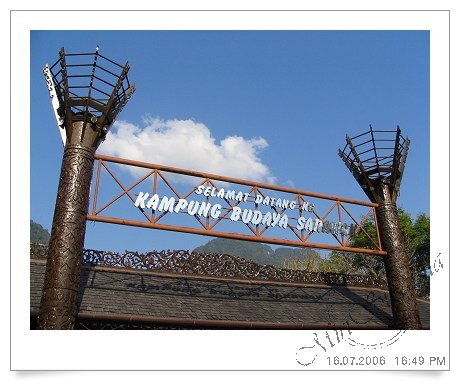
砂勞越文化村(Sarawak Cultural Village)位於山都望山腳下,佔地十四依甲,展出砂勞越主要民族的傳統生活文化,同時遊客也可以一覽赤道地區的自然生態環境。
整個下午,我們就在這兒參觀,直至看完下午四點開始的文化表演為止。我雖然在砂勞越長大,對土著(內陸民族)的傳統文化有些認識,但卻沒有真正接觸過。對巴特而言是十足的新鮮,對他眼前看到的一切滿是驚歎和讚美。
下來,我們就開始看照片講故事吧﹗
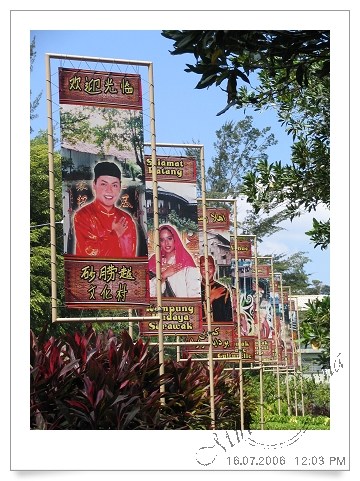
用各種不一樣的語言向大家表示「歡迎光臨」。
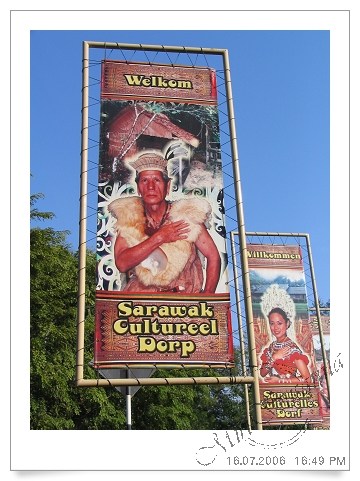
Welkom !! 這是荷蘭語的,後面的是德語。
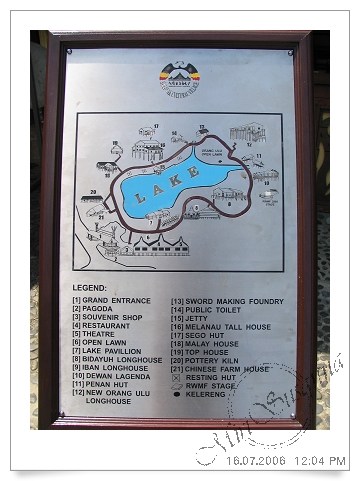
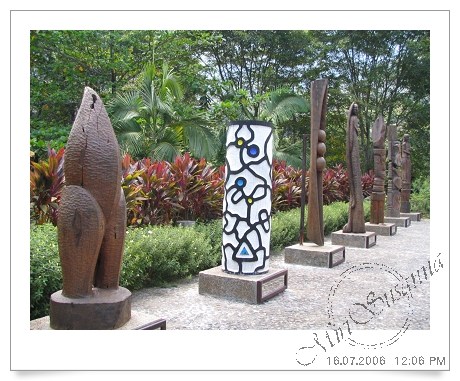
漂亮的木雕。
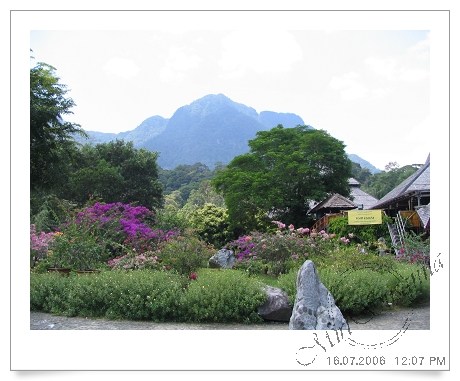
山都望山 Samtubong。
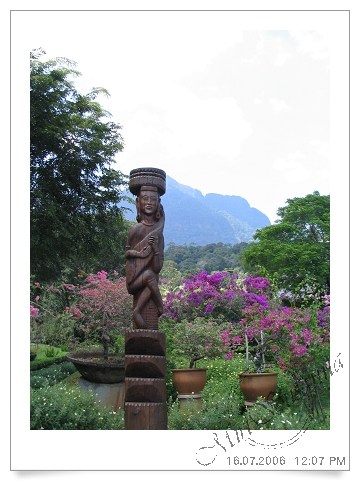
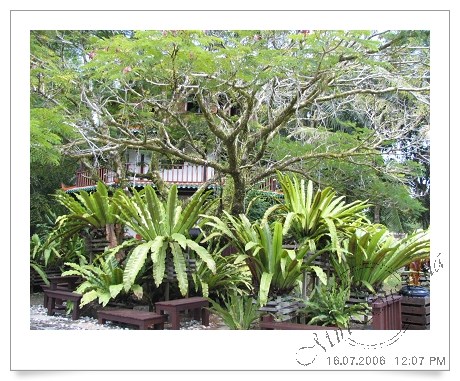
熱帶植物。
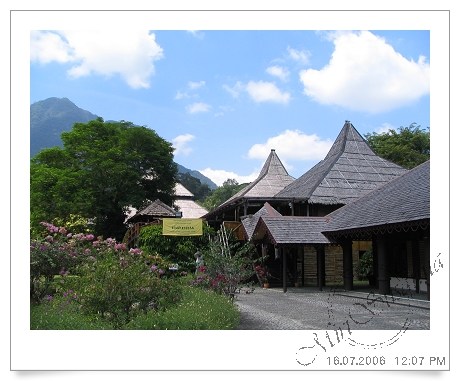
紀念品專賣店和休息區。
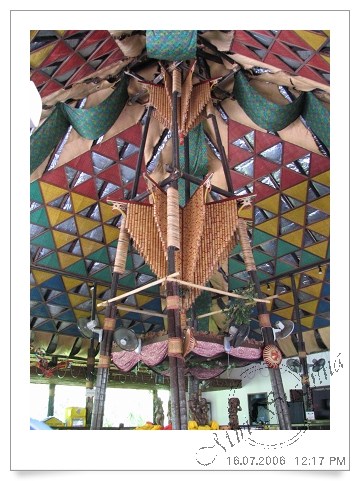
餐廳內的裝潢很有內陸文化的特色。
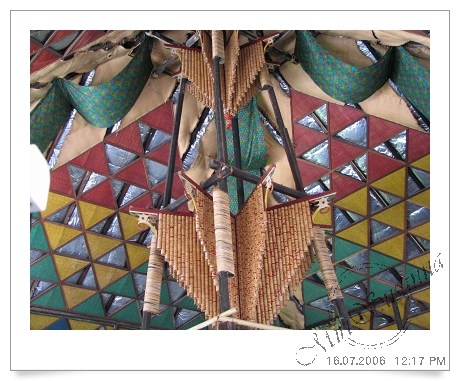
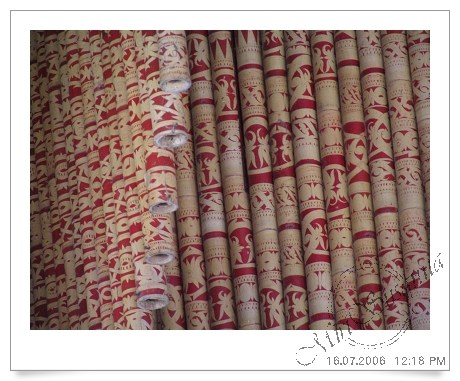
這是竹雕藝術品湊成的裝飾品。
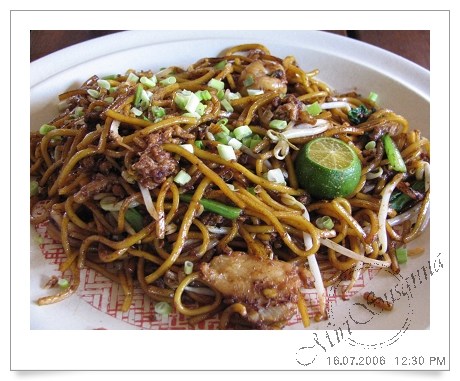
炒麵。
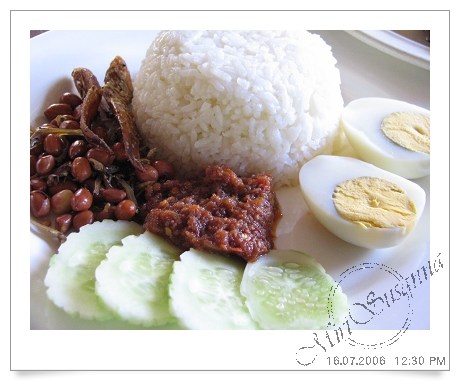
椰漿飯 Nasi Lemak。
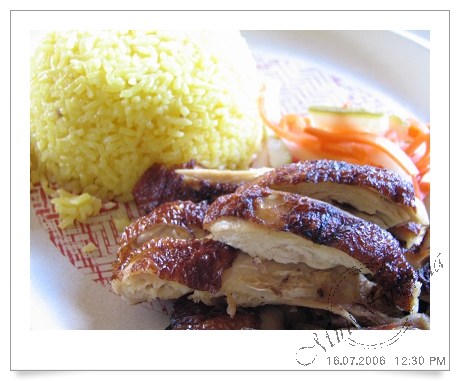
雞飯。
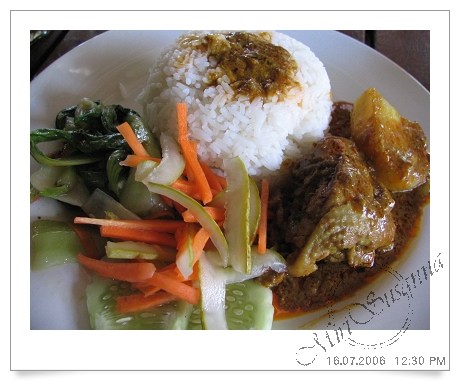
咖哩雞飯。
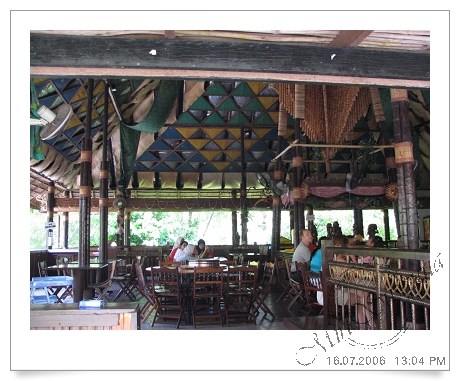
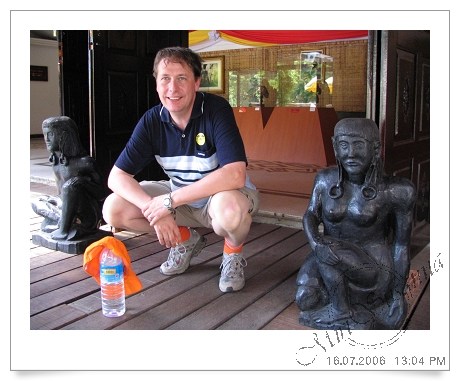
巴特和劇院外的土著雕像合照。
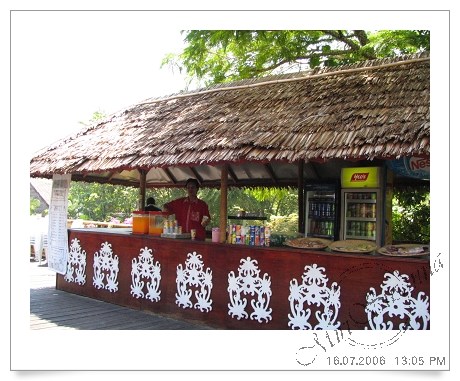
飲料攤。
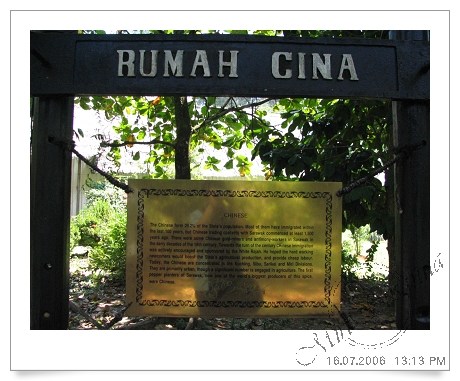
Chinese Farmhouse 華族農家。(官方網頁介紹,Infomation of SCV)
|
華族 華人佔了砂勞越人口的29.2巴仙,主要是在近一百年移民來的,但華人的商業貿易活動在至少一千五百年前就已經存在。十九世紀初期,砂勞越英殖民時代的白人拉者希望辛勤的新移民能夠提供廉價的勞工和提高農業生產率,所以在他的鼓勵和贊助下,許多華人遷移到這裡。如今華人主要集中在古晉、詩巫、泗里街和美里這四個省份。他們主要住在城市里,以務農為業居多。華人是砂勞越的首批胡椒種植者,也是現今全球最大的胡椒生產者之一。 CHINESE The Chinese form 29.2% of the State’s population. Most of them have immigrated within the last 100 years, but Chinese trading contacts with Sarawak commenced at least 1,500 years ago. There were some Chinese gold-miners and antimony-workers in Sarawak in the early decades of the 19th centucy. Towards the turn of the century Chinese immigration was actively encouraged and sponsored by the White Rajah. He hoped the hard working newcomers would boost the State’s agricultural production, and provide cheap labour. Today, the Chinese are concentrated in the Kuching, Sibu, Sarikei and Miri Divisions. They are primarily urban, though a significant number is engaged in agriculture. The first pepper planters of Sarawak, now one of the world’s biggest producers of this spice, were Chinese. |
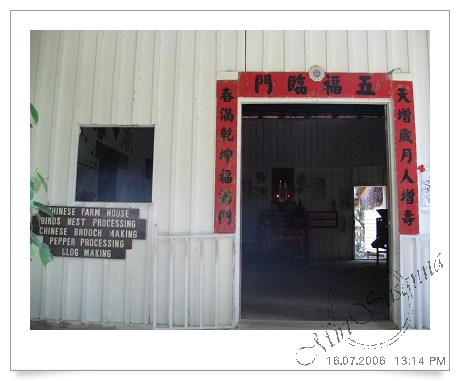
貼上春聯的大門,裡面還有神台。
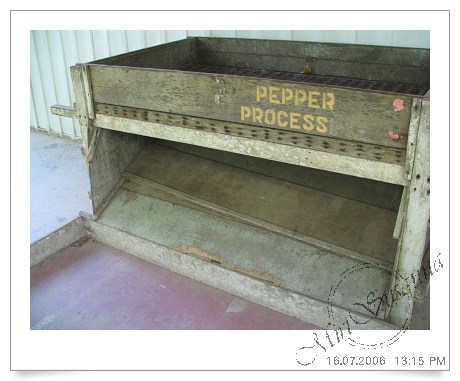
篩胡椒粒的工具。
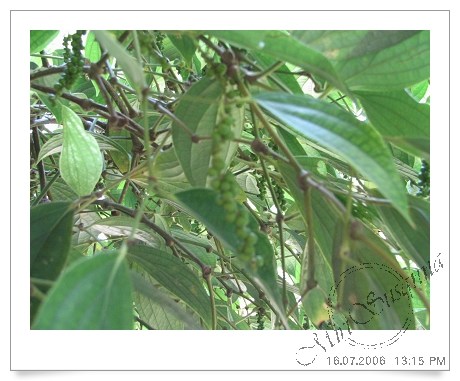
胡椒。
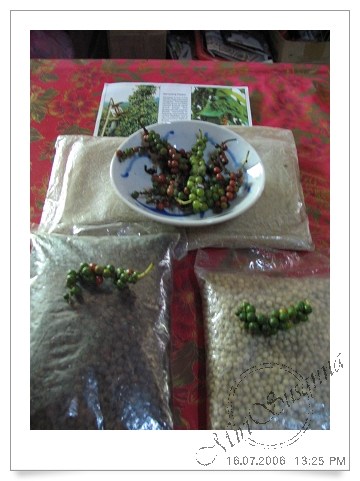
胡椒成品。
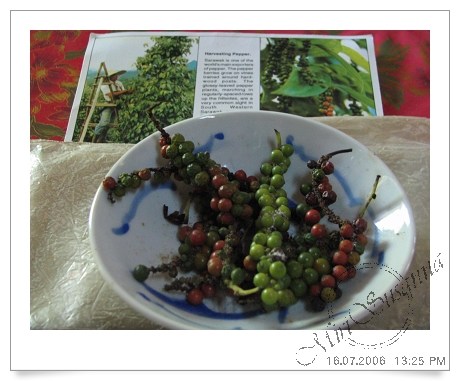
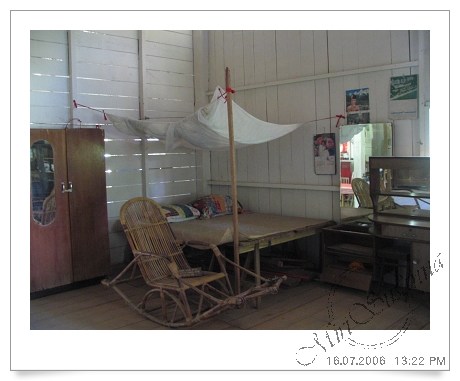
寢室內。
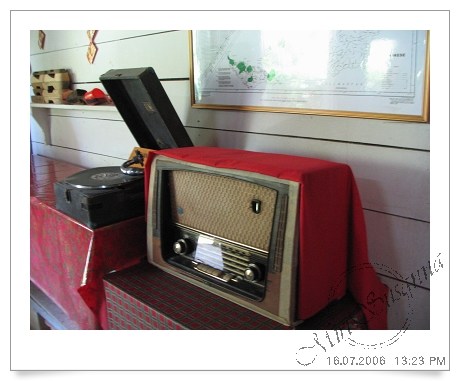
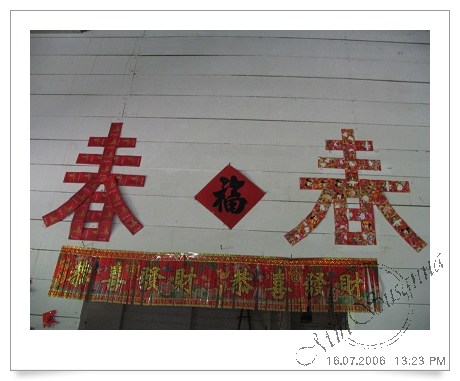
喜氣洋洋的新春氣息。
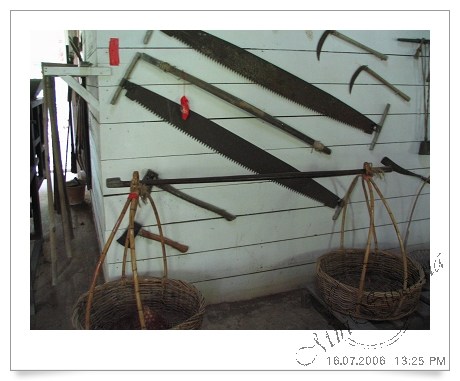
務農和木工的工具。
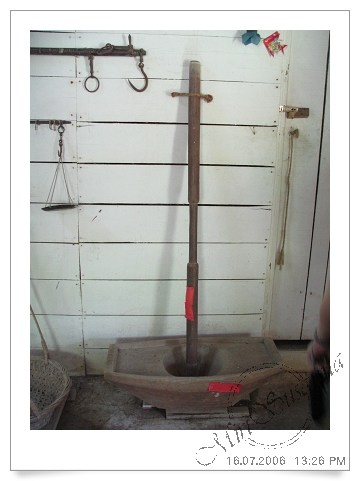
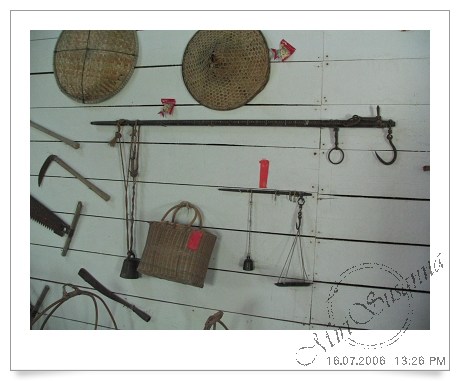
這些在我的童年里還是常見的工具。
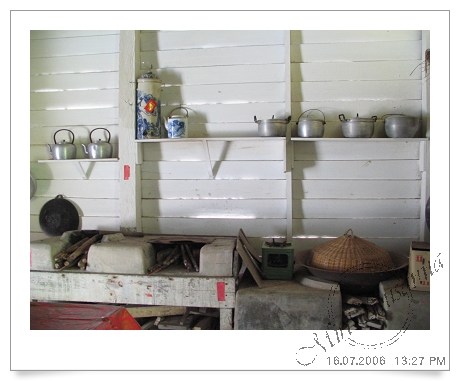
廚房里。

大灶頭和火水爐。

石磨。
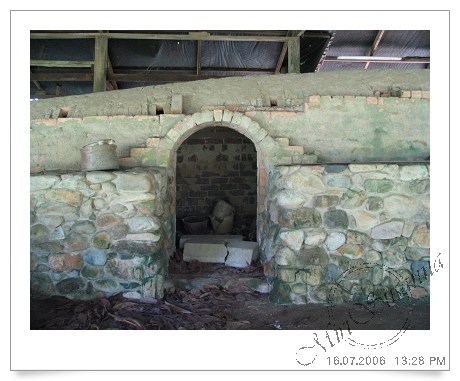
磚窯。
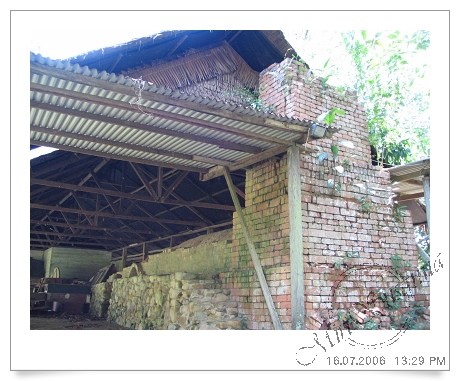

石雕藝術。
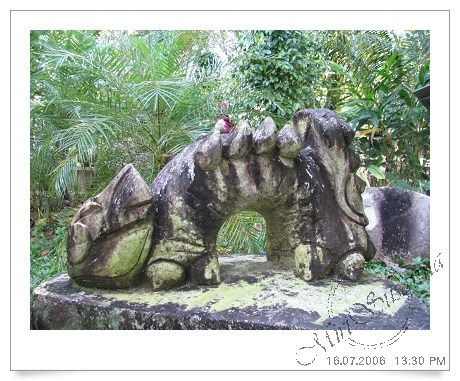
石雕藝術品一。
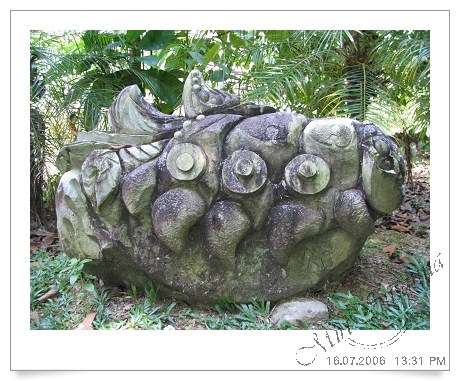
石雕藝術品二。
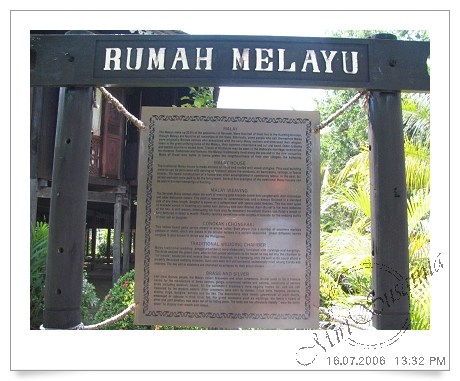
Malay House 馬來屋。 (官方網頁介紹看這,Infomation of SCV Here)
|
馬來族 馬來族佔了砂勞越人口的20.6巴仙,雖然本州內所有城市都有馬來人,但超過一半是居住在古晉省。有些人自稱自己是馬來族,其實他們是婆羅洲島上的原住民和馬來族通婚的後裔。回教對馬來族有神聖的力量,也是他們的文化傳承的依據,但古老的習俗和信仰暗地里還是存在。比如說,在他們的婚禮上仍有印度教文化的存在。傳統的馬來族聚居在海邊或河岸旁,以捕魚和務農為生。盡管他們遷居到城市里還是喜歡和自己同村同干榜(kampung)的鄰居為鄰。 MALAY The Malays make up 20.6% of the population of Sarawak. More than half of them live in the Kuching Division, though Malays are found in all townships of the State. Ethnically, some people who call themselves Malay were originally Borneo natives who associated with the early Malay settlers and embraced their religion. Islam is the great unifying force of the Malays, their common inheritance and cultural bond. Older customs and beliefs survive in muted form. Traces of Hinduism may be seen in the elaborate marriage ceremonies, for instance. Fishermen and farmers, the Malays traditionally lived along the sea and in the river estuaries. Many of those who settle in towns prefer the neighbourliness of their own villages, the kampung. |
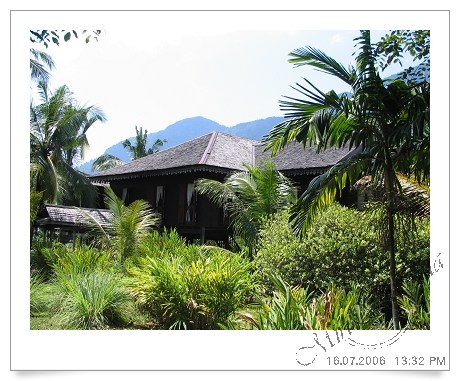
馬來族的高腳屋。
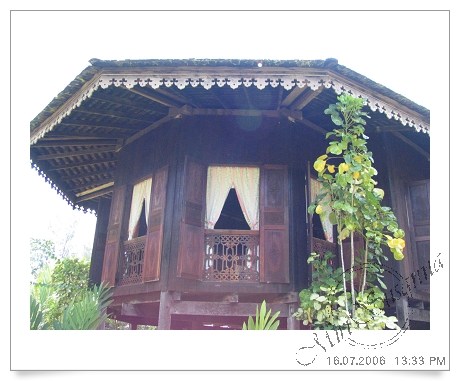
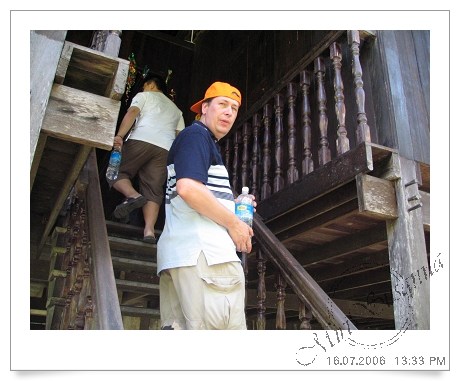
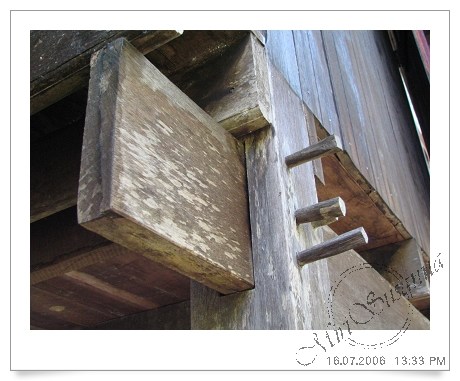

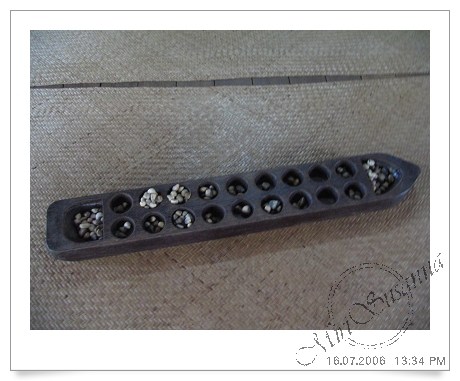
馬來族的傳統遊戲︰Congkak。

在馬來婚禮上,新郎新娘就像皇族一樣坐在Panggo(Chamber)上接受親人的祝福。
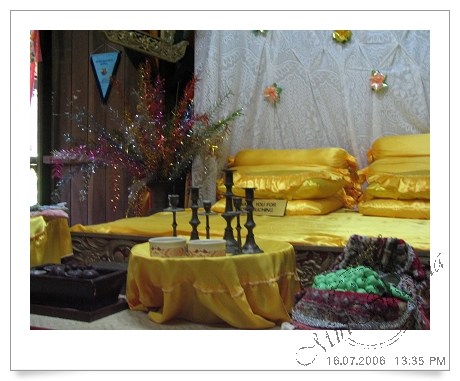
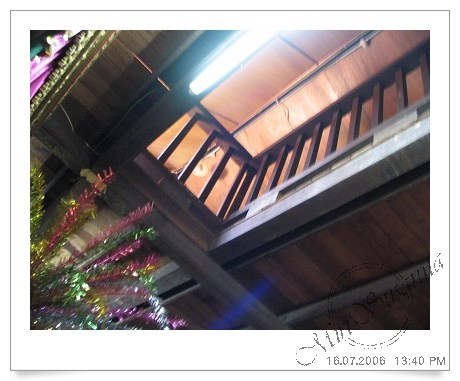
Panggo上方有個「天窗」,讓不能見眾的未婚少女也可以觀禮。
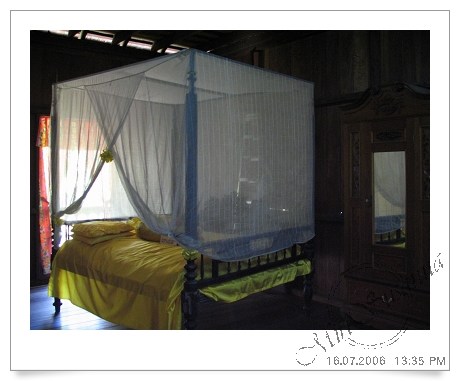
新房。
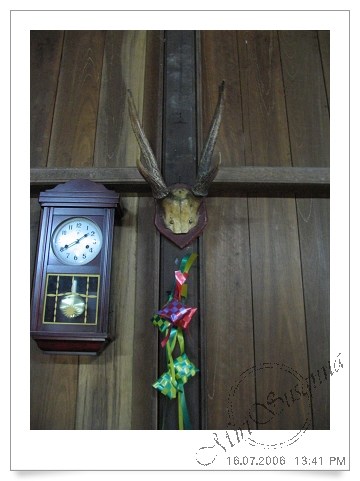
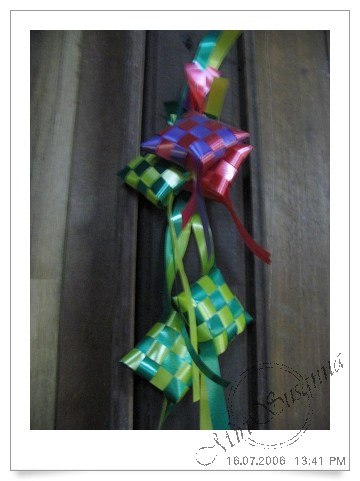
馬來節慶時必有的米飯團Ketupat,有香蘭葉或竹葉來包糯米飯,樣子很像華人的粽子。
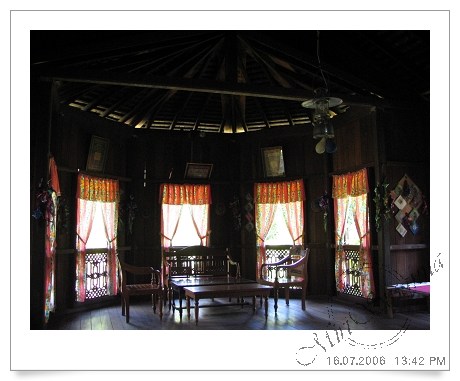
馬來特色的客廳。

氣燈。

現場還有做馬來「蛋卷」的表演。
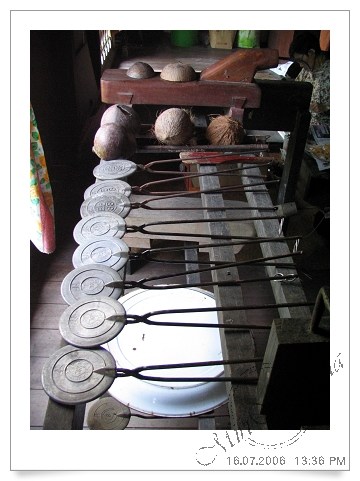
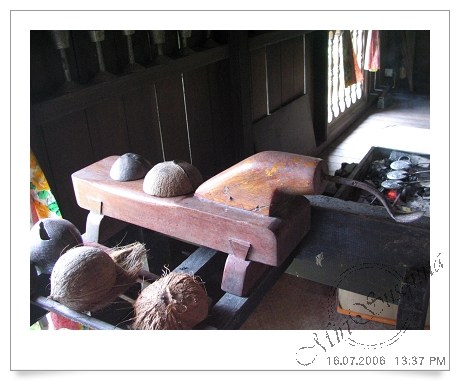
刨椰器。
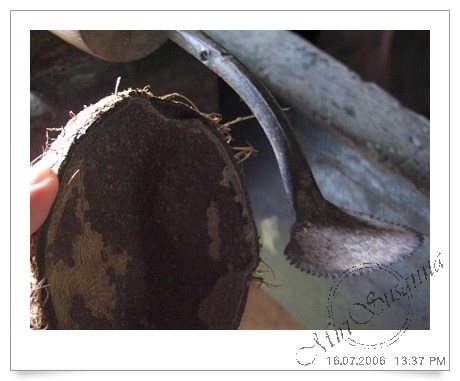
旁邊示範的是已經被刨乾淨的椰殼。
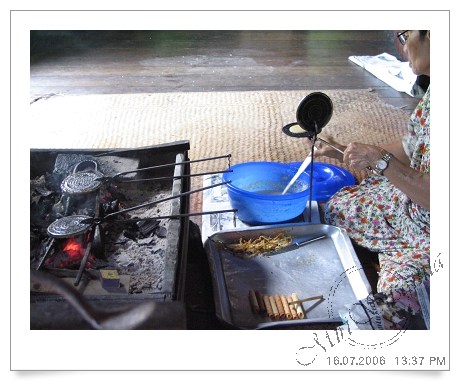
先把右上的粉漿放在圓型模器中,再放在炭火上烤成餅。
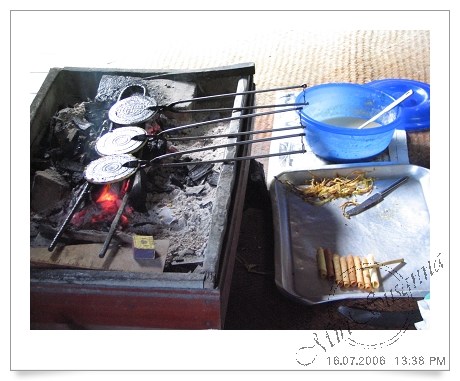
取出後趕快用手卷成圓筒型的蛋卷,成品如右下。
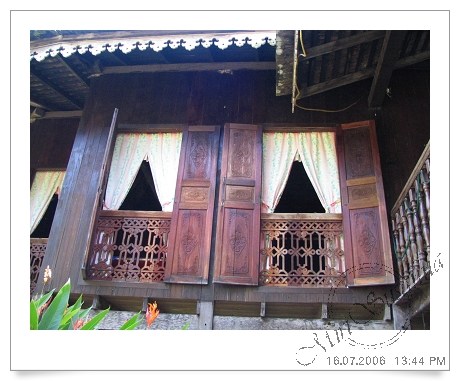
馬來族的房子結合許多木雕藝術,是他們的一大文化特色。
很好,能夠代表砂州全民.